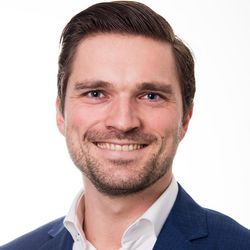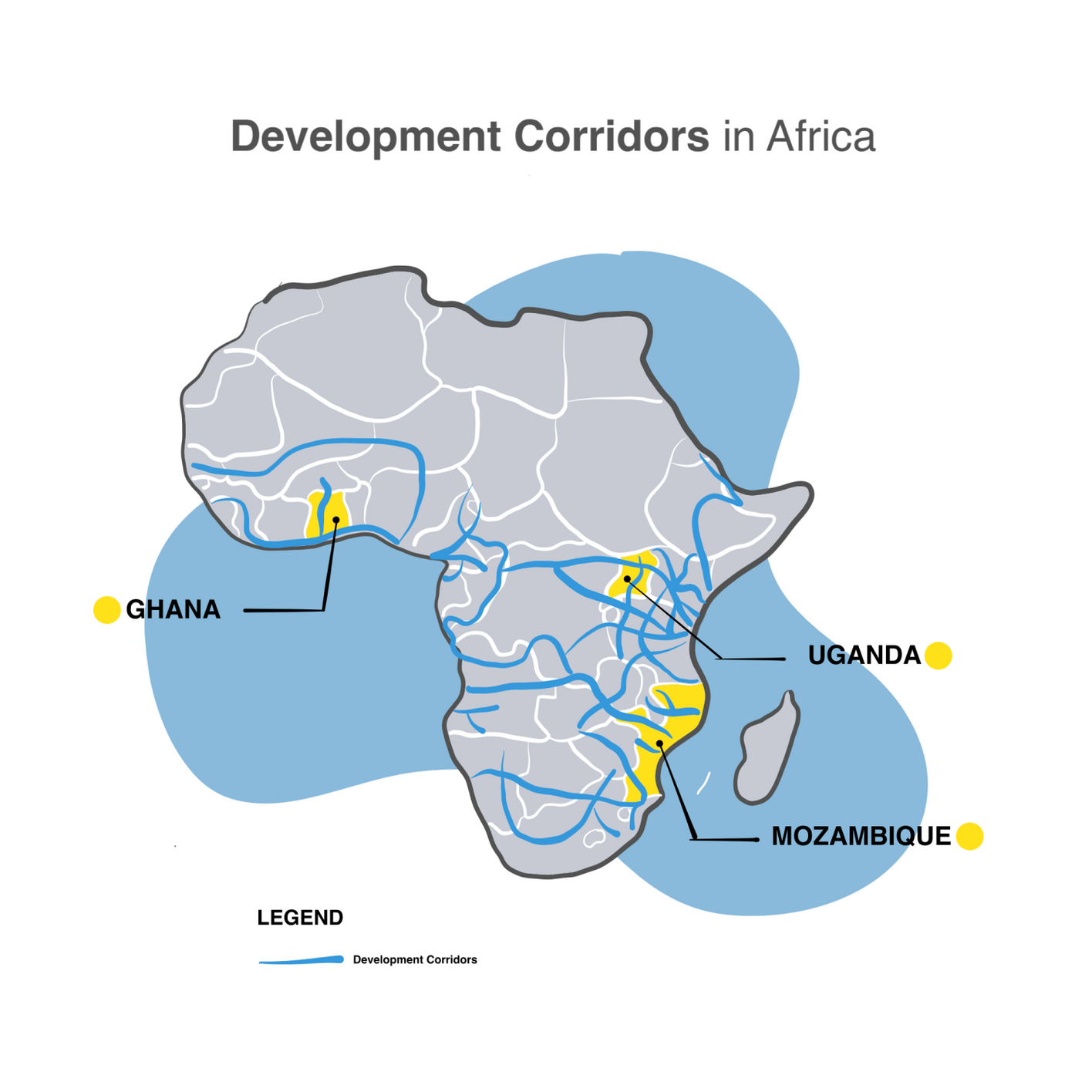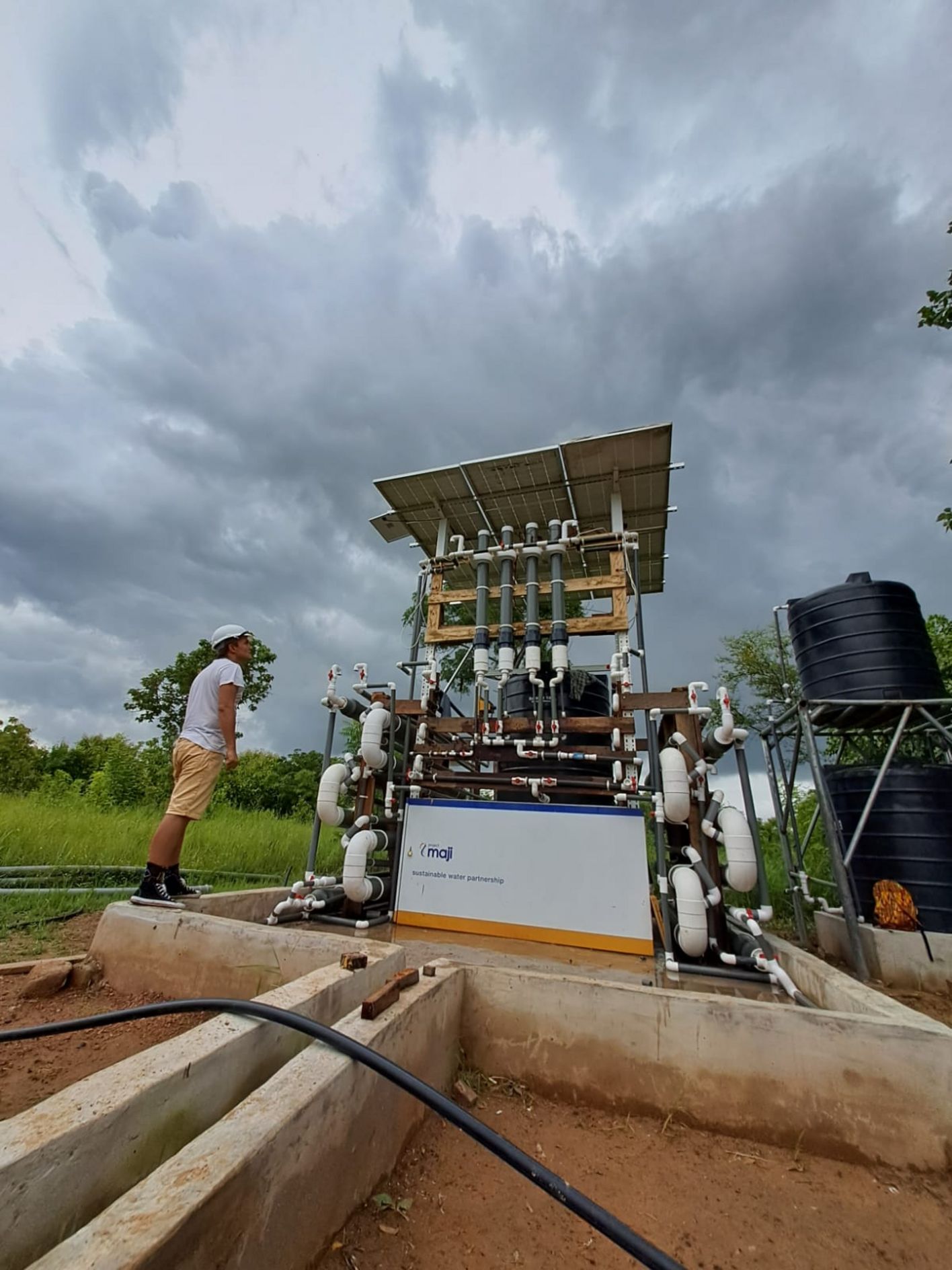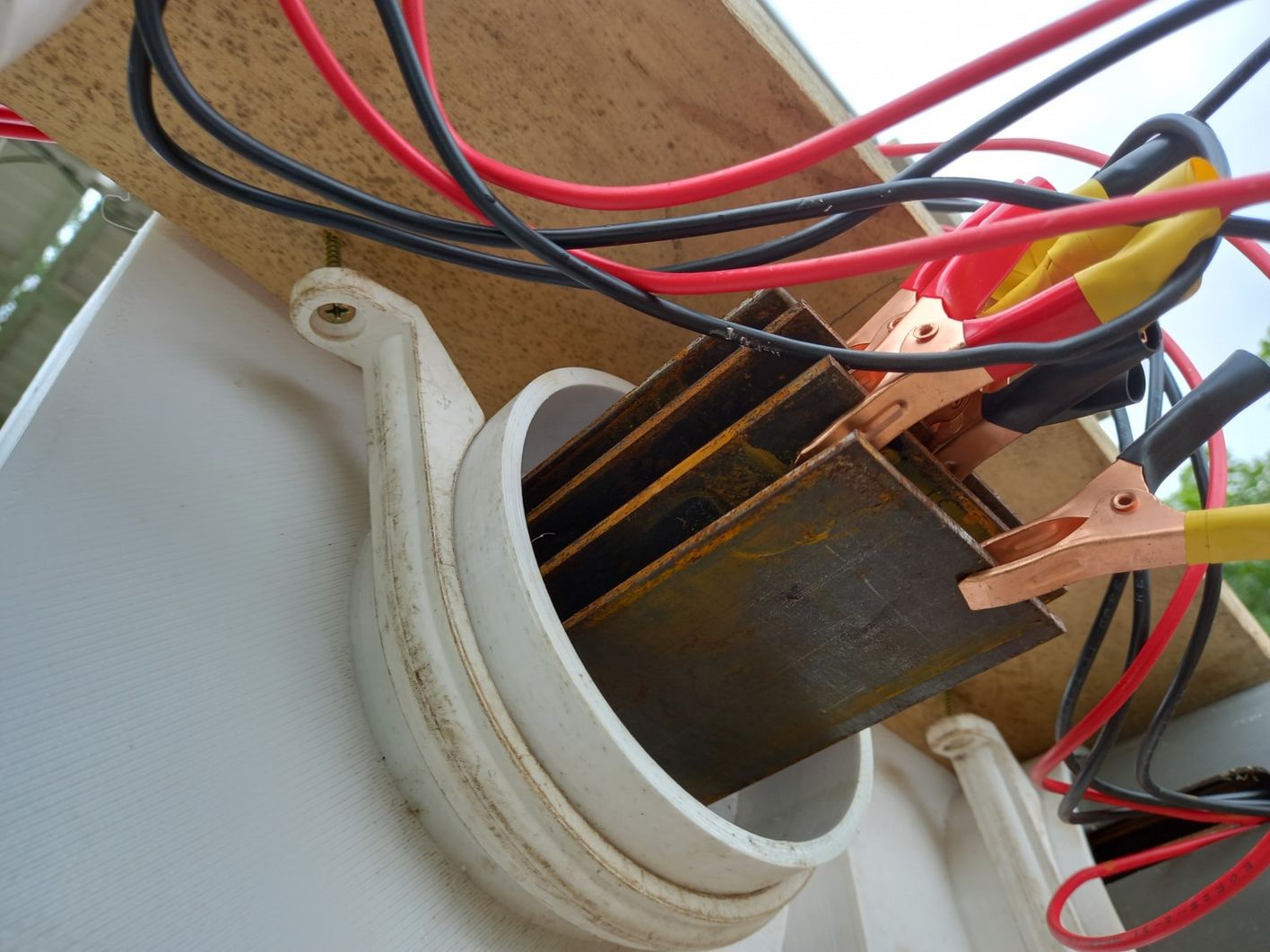Published on 22 December 2022
African Water Corridor: water innovation in urban Africa
Water availability is a major issue in the 21st century. This is especially the case in sub-Saharan Africa. That is why Delft University of Technology (TU Delft) has established the African Water Corridor (AWC), a multiparty, multidisciplinary programme centred around a number of ‘water corridors’. Witteveen+Bos, one of the many partners in AWC, is involved in two interesting projects: Recharging Kumasi and Off-Grid Surface Water Treatment.
Due to climate change, economic development and population growth, sub-Saharan Africa faces challenges in providing water of a suitable quality for various purposes, including human and animal consumption, agriculture and industry.
Sub-Saharan Africa is also particularly vulnerable to water stress, as the area contains half of the world’s impoverished population and faces more significant water shortages than any other region.
The outlook for the (immediate) future is daunting, with water demand expected to rise due to a predicted increase in population (from 1 to 2.1 billion in the next 30 years) and the effects of climate change.
Currently, these water-related challenges are especially critical around many centres of economic development, where the population has grown. The research community has identified 33 ‘corridors’ in sub-Saharan Africa, consisting of roads, railways and pipelines that connect economic centres (ports, and industrial, mining and agricultural sites) with each other. TU Delft is active in three of these corridors.
Depleted water sources
The AWC programme’s aim is to ensure that water will no longer be a limiting factor for the development of human and natural resources along sub-Saharan African development corridors. To realise this goal, TU Delft has developed a science and technology agenda and built a strong consortium of multidisciplinary partners.
Witteveen+Bos, one of the many partners, is involved in two projects in Ghana: Recharging Kumasi and Off-Grid Surface Water Treatment. Having boots on the ground in Ghana already, and with decades of expertise in the water sector, Witteveen+Bos is perfectly situated to manage these projects.
The first project is Recharging Kumasi. The city of Kumasi has experienced rapid economic development and population growth. Unfortunately, the drinking water infrastructure has not kept up, resulting in many houses not being connected to piped water systems.
As a consequence, many households have drilled wells to obtain their water, which has led to depleted groundwater reservoirs. Due to urbanisation (asphalt roads, building foundations, changed water infrastructure, etc.), the recharging capacity of the soil has been diminished.
Managed aquifer recharge
To address groundwater replenishment, the AWC consortium opted for managed aquifer recharge (MAR). This is a well-established tool which has been in use for decades (most notably in the Netherlands) to manage groundwater resources, but it is unknown in Ghana. The city of Kumasi has thousands of wells; it is therefore feasible to use the existing infrastructure to restore groundwater levels.
MAR is one of several methods that can help achieve long-term water sustainability by supplementing the natural recharge of groundwater reservoirs with water from non-traditional supplies – such as excess surface water, stormwater and treated wastewater – while also treating infiltrated water.
A review of over 1,000 MAR projects and 33 research articles (Alam et al 2021) showed that this method has been particularly effective in achieving long-term water sustainability and reducing the concentration of pollutants – such as total organic carbon (TOC), E. coli, and heavy metals such as aluminium, zinc and lead – from stormwater.
Upscaling MAR
Within the AWC programme, Witteveen+Bos will study the feasibility of MAR for replenishing an underground aquifer in Kumasi. Rainwater will be collected and diverted to shallow dug wells during the rainy season, from where it will infiltrate back into the aquifer.
Systems will be installed at selected household wells, in combination with a robust monitoring system, to monitor the quantity and quality of water that is recharged, as well as how much water is drawn from a typical well.
The overall goal is to asses the capacity of MAR to store water. Data will be collected on the quantity of water that is recharged as well as the quality. Recharge data will be collected to monitor the efficacy of MAR in recharging the aquifer, as well as its effects on groundwater quality. Effective monitoring will allow AWC to assess the efficacy of the pilot and its costs so that there is sufficient information to determine the value of upscaling the MAR programme city-wide and to other cities.
Struggle to keep up with demand
The second project, Off-Grid Surface Water Treatment, is focused on a decentralised approach to pretreating surface water. The project is located in Tamale, a fast-growing city in northern Ghana. Unfortunately, the water infrastructure of the city has not kept pace. Not all houses are connected to a piped water system and the old water treatment facility from the 1970s is struggling to keep up with demand.
As a result, many houses have polythene tanks installed and depend on trucks to deliver water they collect from ‘water ATMs’ (pay and collect) set up by the city’s drinking water company, or from boreholes. Most boreholes, however, are not a viable option, as groundwater is often not a sustainable resource in northern Ghana: shallow wells run dry during the dry season, and groundwater is located too deep and can be saline.
Decentralised approach
As a result of these limitations, surface water is the main source of water. The city’s drinking water company, Dallun, uses the White Volta River as the source of most drinking water for Tamale and its surrounding communities. However, almost half the water gets lost during the treatment process.
Other communities rely on reservoirs created by placing small earthen walls in the course of a river bed. These reservoirs are an important source of drinking water for humans and cattle and can also be used for irrigation. This general dependency on surface water, however, means the water supply is vulnerable due to high fluctuations in both quantity and quality.
By cleaning this water using a suitable method, the positive impact of these waterbodies could be enhanced. A possible pretreatment technology should be demonstrated – a technology that can be used in a decentralised setting such as a community, small city or farm, but is also scalable to larger treatment options, such as the aforementioned 1970s-era water facility.
Water prices
Pretreatment – presettling and coagulation – is necessary to alleviate challenges during filtration. By pretreating water, the clogging rate of filters is lowered, leading to less backwashing and maintenance.
Chemical coagulation is the norm in northern Ghana; however, these particular chemicals are expensive and have to be imported. This also impacts on water prices for residents, farmers and industrial sites. Another prohibitive factor is that the technique can often only be successfully applied to large facilities for large cities, meaning small communities are left behind.
In the coming years, Delft University of Technology, Witteveen+Bos, the Savanna Agricultural Research Institute (SARI) and the NGO Project Maji will test whether electrocoagulation, powered by solar energy, can provide a solution. The principle behind electrocoagulation is to apply an electrical charge to water, allowing suspended matter to form an agglomeration.
Electrocoagulation
The installation in question has the capacity to purify 1,000 litres per hour, running on solar energy and without the help of chemicals, and is located on one of Project Maji's water kiosks (tap water points of sale). If the results of the pilot are satisfactory, the plan is to provide more communities with similar installations. Ultimately, the plan is to scale up the capacity to apply this methodology to large-scale water treatment facilities in larger cities in Ghana.
Solar-powered water treatment using electrocoagulation is actually unique for the African continent; nevertheless, it makes sense to use this power source as it is readily available. Another plus is that solar energy also enables the system to function without being connected to the grid, making it suitable for remote locations.
‘Both projects are promising’, Wesley van Beek (Witteveen+Bos), project leader of Kumasi and Tamale. ‘They have the potential to contribute to water security. Besides, it’s really cool to be innovating with new technologies in a place with so many opportunities!’
Share this page



